Automobiles are put through some kind of a lot of use during their careers, whether it be on the highway or while off-roading on terrain. It's not surprising that the automobile and vehicle government put their cars through some kind of a lot, causing the paint to get scraped, soiled, and damaged. If this occurs, keep in mind these three suggestions for selecting the best touch-up painting for your cars to restore their original appearance. The colors displayed on the LCD in your automobile have been made as true as possible. However, the color of your car's paint may differ from what you see on the computer screen. A metal may appear much heavier when viewed directly from the front than when viewed from a lower angle. Before placing an order, make sure you have the appropriate paint color for your automobile.
Don't be misled by names when it pertains to a car's color codes. Every time an auto manufacturer uses a new name for one of its paint codes, three identical colors are given two distinct names. Colors are frequently renamed by auto paint manufacturers as a result of minor formula modifications. The color of your car may be marginally impacted by these, although it probably doesn't stray too far from the original hue. As this occurs frequently, don't be concerned if your automobile carries an outdated paint code with a variety of names.
It's easy to apply touch-up paint to your car. Making sure that you pay notice to the smaller details is essential for performing a job well. Moreover, you want to be careful not to accept a job that will be too demanding for you to handle. Large painting projects ought to be left to professionals. Before you start, be aware that every car and paint job is unique. Touch-up paint preparation on a bumper may differ from touch-up paint application on an automobile. Additionally, keep in mind that it will typically be quite difficult to hide the fact that you have a paint task done. It is because the paint on most cars won't match exactly. With a small box of touch-up paint, it's simple to repair minor damage to your car. Paint the paints in even, sweeping strokes after thoroughly masking the immediate landscape before you begin the project. Depending upon the size of the section you're painting as well as the previous paint & finish, different painting techniques can be utilized on a vehicle's body. It's nearly impossible to cover up the fact that somebody refinished something larger than a tiny area without a skilled and steady hand.
Don’t Let Names Fool You
Don't be deceived by designations when it comes to color coding for automobiles. Automobile manufacturers frequently provide distinct names to the painting codes they employ, to the extent that identical color combinations have two separate names attached to them. Due to minor formula modifications, automotive paint producers frequently modify the names of colors. The color of your automobile may be slightly impacted by them, but it is probably still fairly close to the OEM scheme. If your car utilizes an old painting code with a different name, don't be frightened; this occurs constantly.
You May Not Have a Color
Car paint codes typically only relate to matte or metallic finishes. The car's paint code might not exist if it has 2 different or tricot appearances. That's all right. Simply identify the two paint codes that together make up the present two-tone color scheme and place separate orders for those. Applying three colors or multiple coats has the same effect. Compute the proportion of the base color to the accent colors by breaking down the complementary colors into their colors.
Utilizing a paint code database is the final piece of advice for picking the ideal touch-up paints for your car. Furthermore, the BCSAUTOPAINTS paints code database is easy to use, quick to access, and precise for a wide range of vehicle types. Choose a car or a motorcycle to use it with. Next, pick the vehicle, year, and manufacturer. For your painted touch-up, you can choose from a wide range of color colors from the car's manufacturing history as well as various color atomizers & applicator kits.
Make sure your car is clean
A used car will inevitably get a little lead paint. Driving causes cracked windshields to push it up and scratch the sides, bad weather can ruin the hood, and collisions may occur at any moment. The majority of the time, these cracks are too little to require any kind of expert help or a fresh coat of paint. However, if the damaged area is no larger than a brillo pad, you can fix it yourself with touch-up paint.
Check there is no rust
Check the metal for fading in the scratched area. Iron is most usually present if there is a strong red or brown color. All staining should be removed using sandpaper, as well as any dirt should subsequently be removed by wiping down the surface with a clean rag.
The area to be repaired should be treated with wax and grease remover.
Any wax on surfaces that want to have paint attached to them must be removed. A specialist remover is required because the wax is often difficult to remove with soap and water. The majority of car parts stores sell wax removers. These anti-rust products are designed specifically to remove rust from car bodywork.
The area should be wiped down once more
To get rid of any pre-treating residual debris, thoroughly rinse the region with water. When proceeding to the following step, give the area plenty of time to dry completely.
Chipped areas need to be primed and painted
It's excellent to give your entire car a little attention after fixing your paint chipping. The repaired portion will blend in better with both the remainder of the paint scheme and be protected from further damage if the automobile is polished and waxed.

